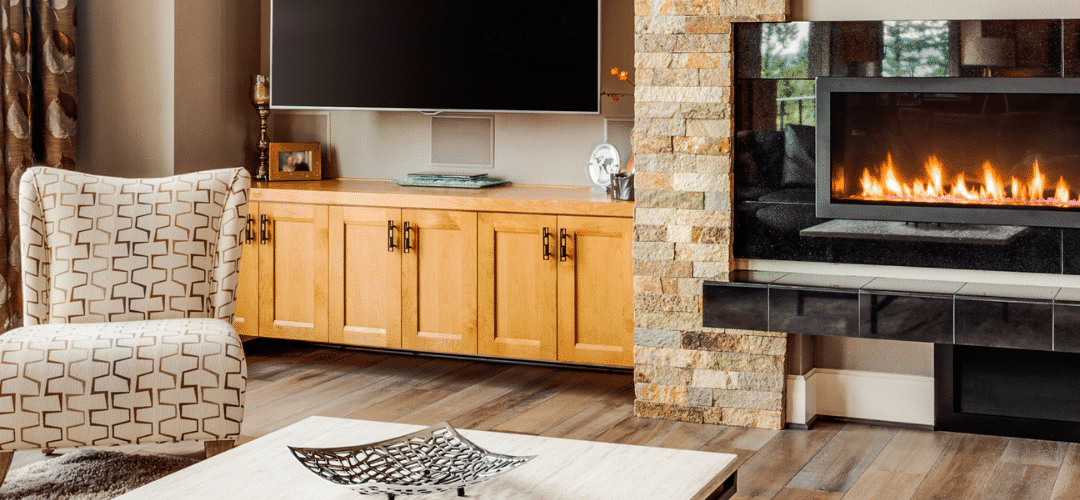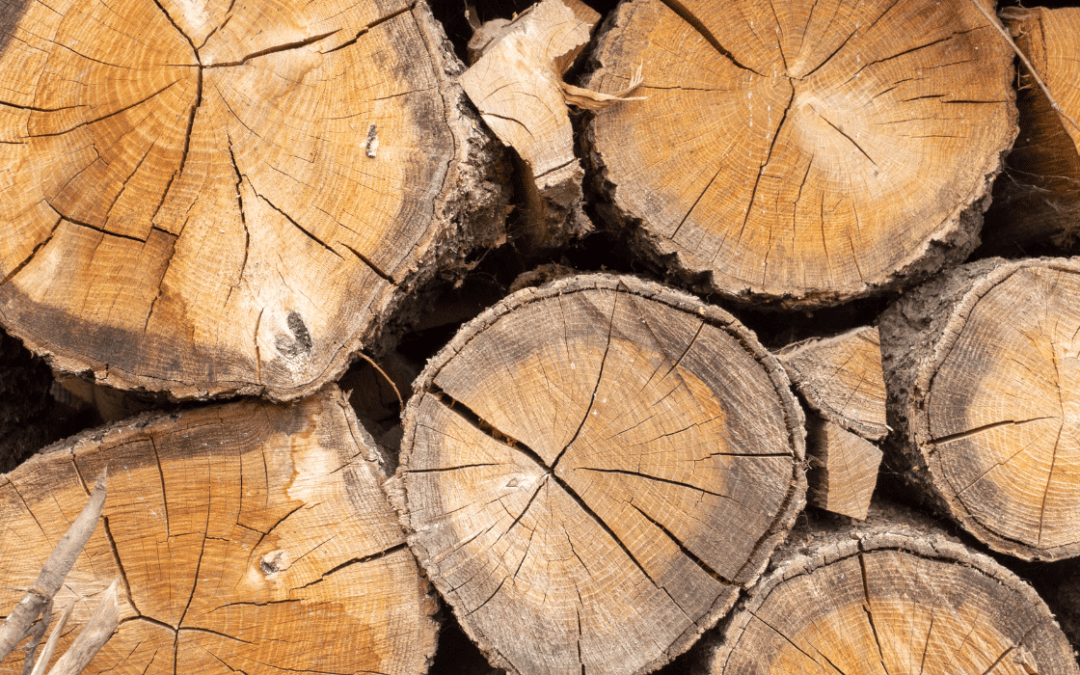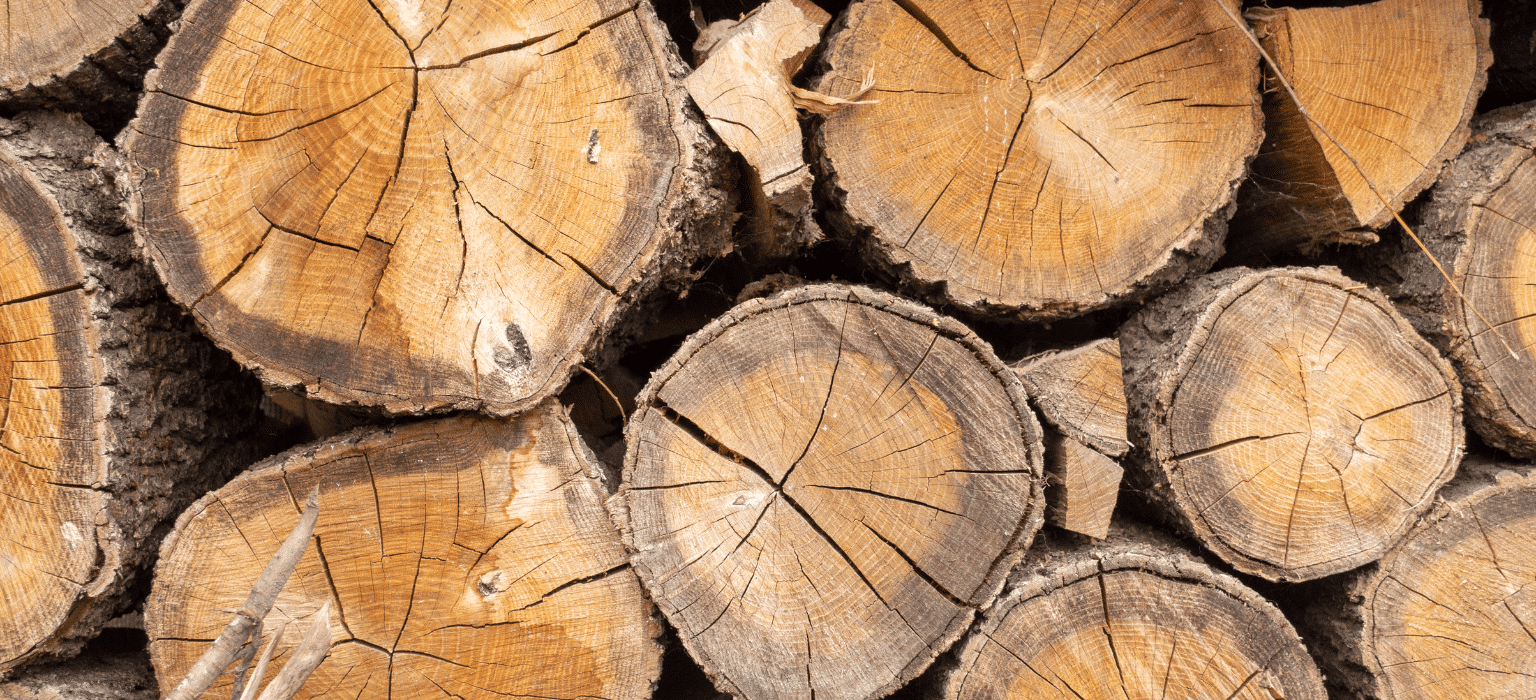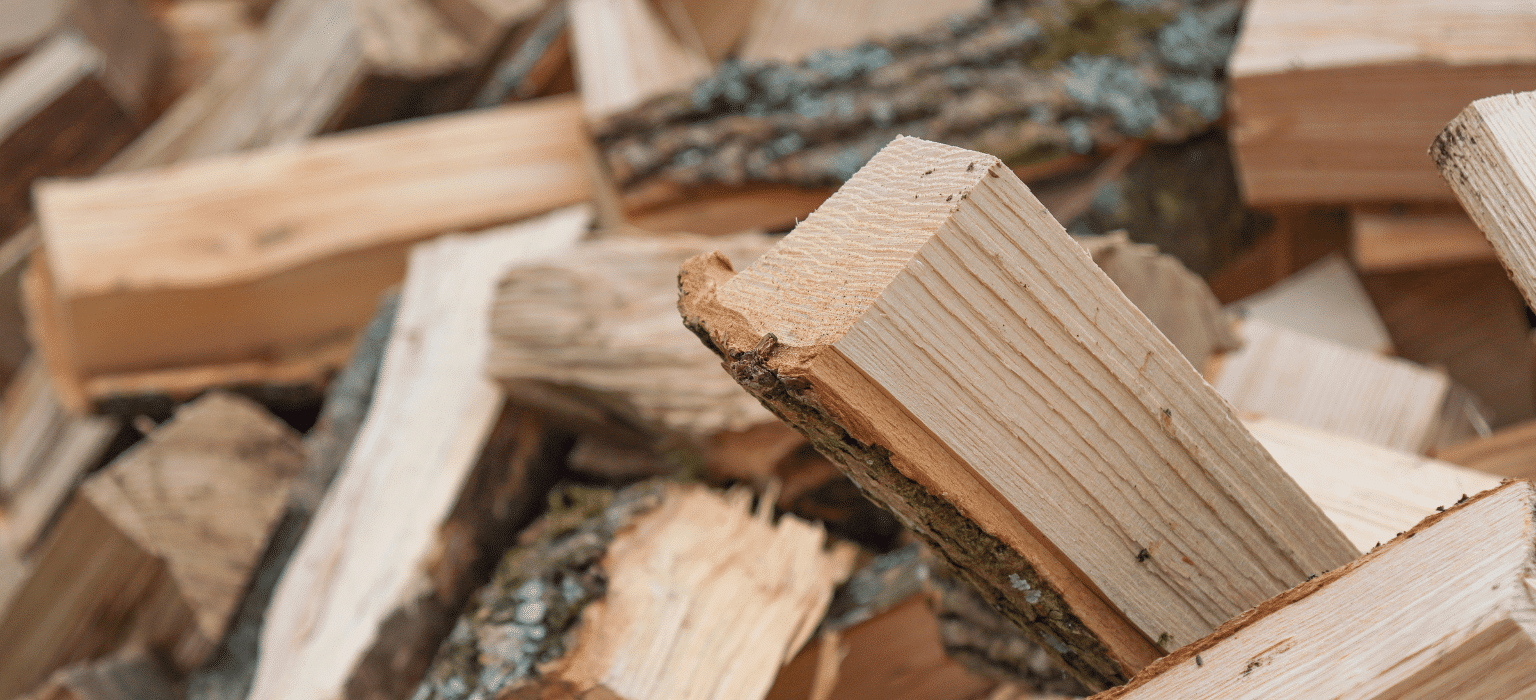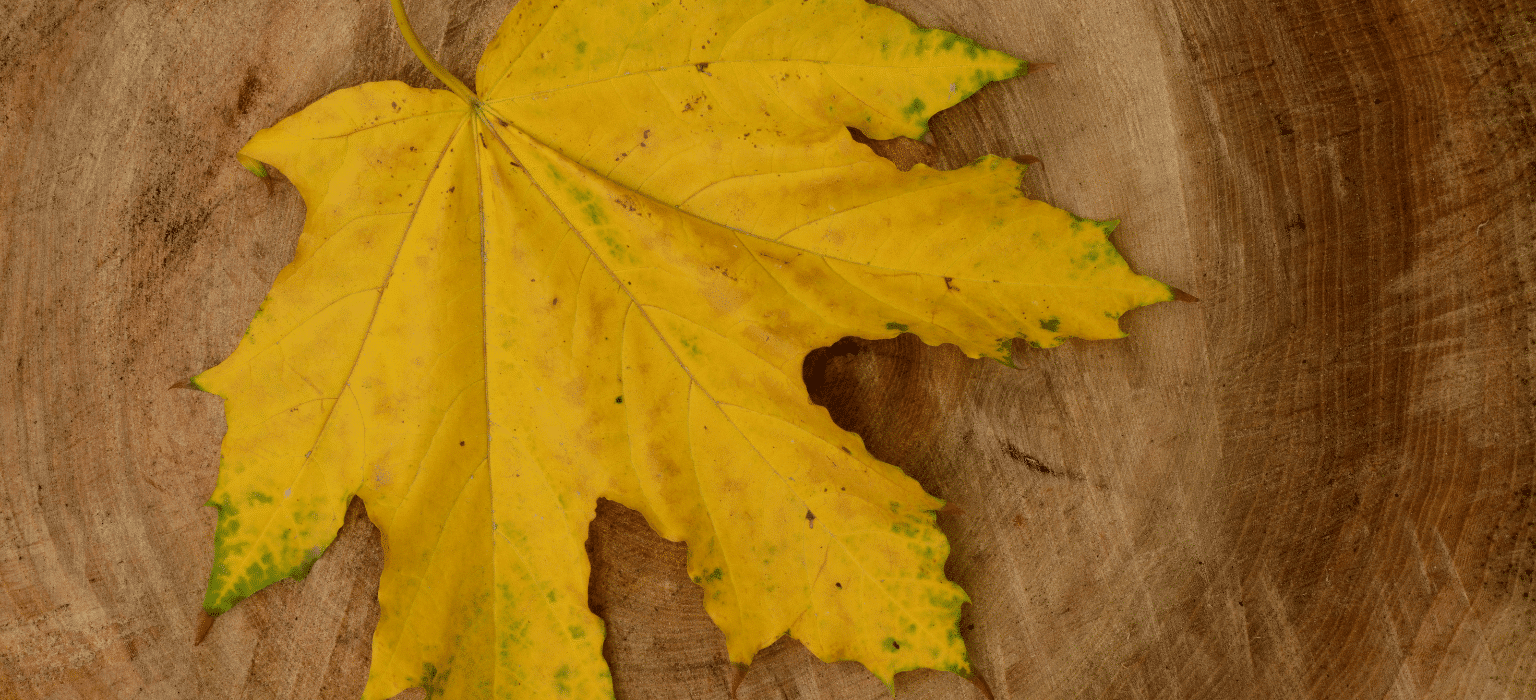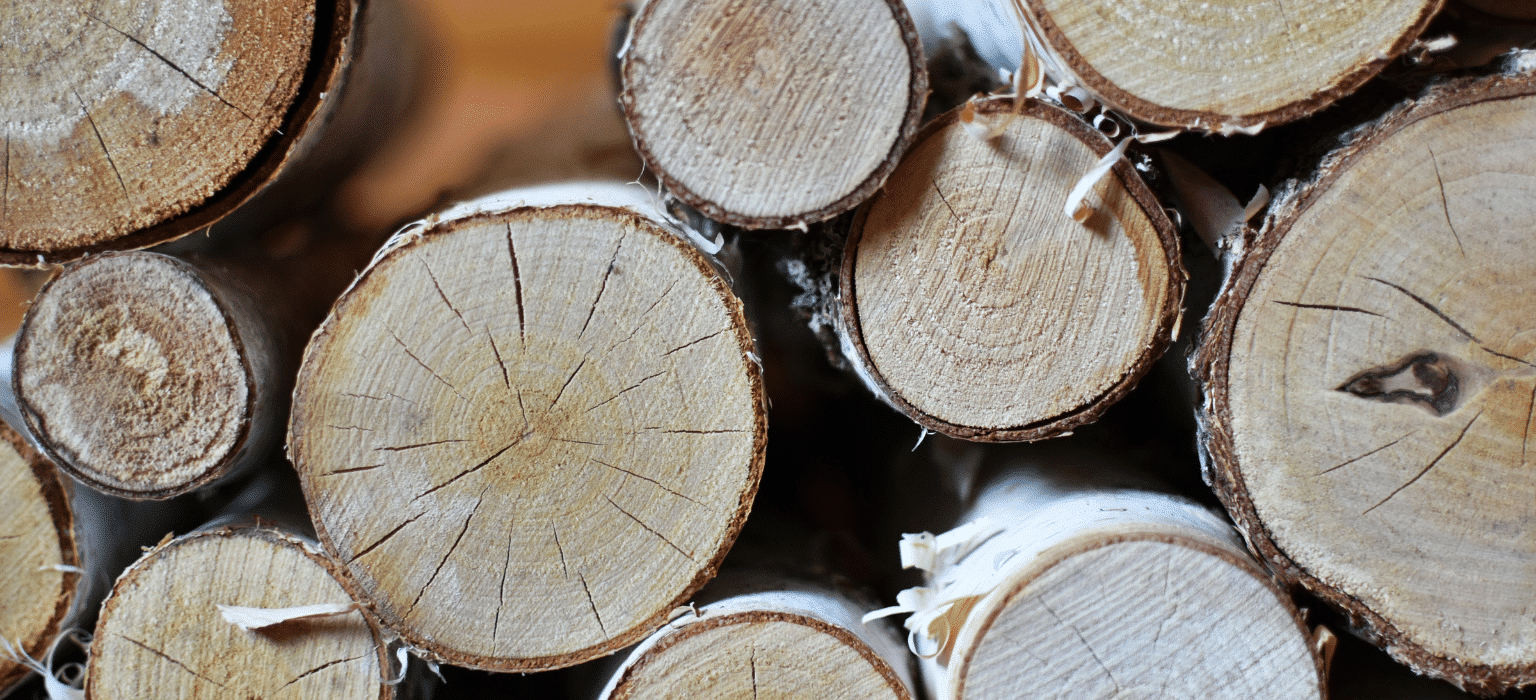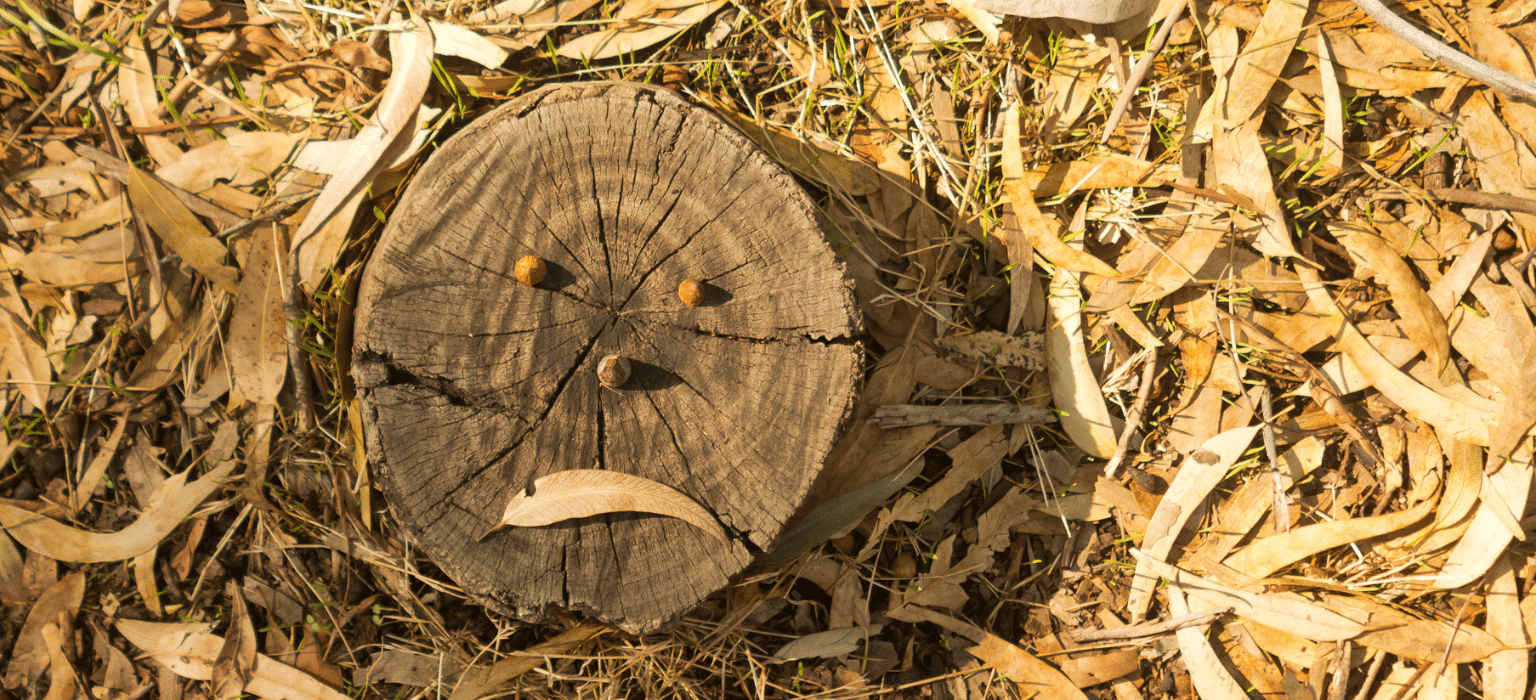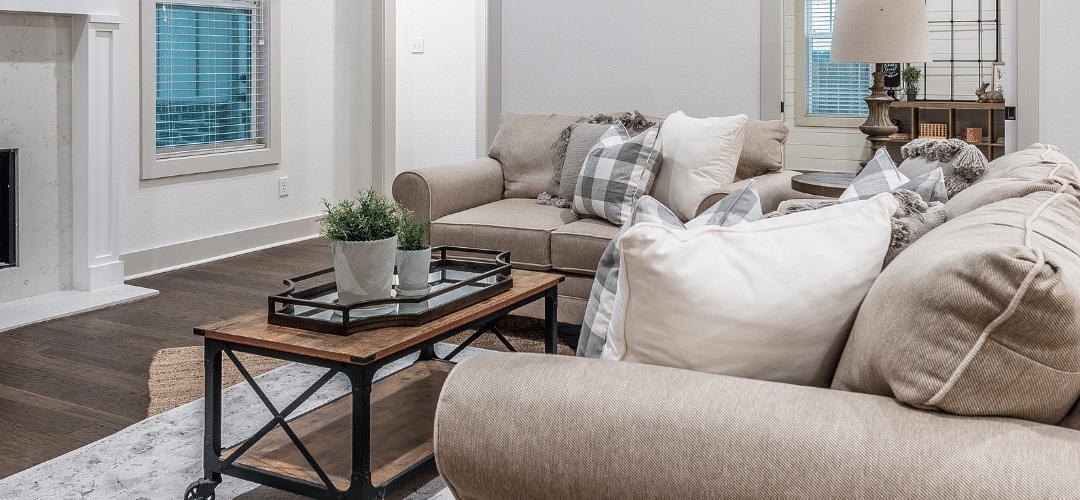
How to Choose the Perfect Wood Fireplace?

Wood burning fireplaces offer a delightful way to keep your family warm and cosy while adding a touch of natural beauty to your home, particularly during the chilly seasons. With numerous options available, how can you determine which fireplace is the right fit for you?
Let’s explore the key factors to consider in order to make an informed decision.
Heating Capacity: A Crucial Consideration
When choosing a wood fireplace, the heating capacity takes precedence. This aspect determines the amount of warmth the fireplace can generate. Heat is measured in BTUs (British Thermal Units), which quantify the work needed to increase the temperature of one pound of water by one degree Fahrenheit—an essential metric to gauge a fireplace’s heating prowess.

Log Size: Tailoring to Your Preferences
Another aspect to contemplate is the log size that your chosen wood fireplace can accommodate. Standard logs typically measure around 16″, known for their ease of handling. However, some homeowners prefer fireplaces that can accommodate larger logs, providing a distinct aesthetic and longer burning time. Notably, Fireplaces Australia offers stoves capable of holding logs up to 22″ in length, catering to varying preferences.
Combustion System: Efficiency and Airflow
The combustion system of a fireplace plays a pivotal role in its efficiency and functionality. employ an innovative approach by utilising external air for combustion. This ensures that the fire receives oxygen from outside your home, eliminating the need to deplete the valuable oxygen within your living space.
Moreover, the fireplaces on offer at Fireplaces Australia generate heat through convective airflow. This process involves drawing room air through the grill beneath the fireplace, allowing it to circulate upward and absorb the radiant heat emitted by the fireplace. Finally, the heated air exits through the upper grill, effectively distributing warmth throughout the room.

Enhanced Performance
At Fireplaces Australia, we exclusively install top-tier wood fireplaces renowned for their exceptional performance. Our featured fireplaces boast an airtight door system, effectively sealing the fireplace and preventing heat loss. This feature empowers you to have complete control over your fire, maximising the heat potential while minimising the amount of firewood required for optimal warmth. Regulate the burn rate effortlessly using the combustion air and chimney damper controls, ensuring a comfortable and efficient heating experience.
Orientation: Aesthetic Appeal and Heat Output
The orientation of the burning chamber is another factor to contemplate when selecting a wood fireplace. Fireplaces can be designed in either North-South or East-West orientations. In an East-West orientation, logs are placed horizontally from left to right, allowing you to observe the sides of the logs as they burn. On the other hand, a North-South orientation provides a view of the log ends. Notably, a North-South orientation typically offers greater heating capacity compared to an East-West orientation of the same size.

Explore Our Extensive Wood Fireplace Selection
To assist you in finding the ideal wood fireplace, we invite you to explore our comprehensive collection of high-quality wood fireplaces. Our team is dedicated to guiding you through the selection process, ensuring that you find the perfect fireplace to meet your unique needs and preferences. Begin your journey to a warm and inviting home by visiting us at Fireplaces Australia today.

